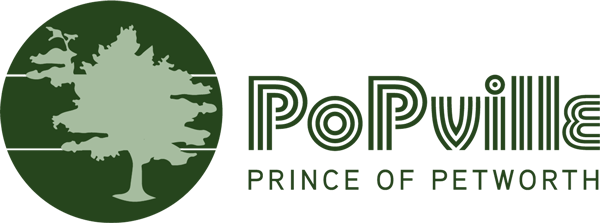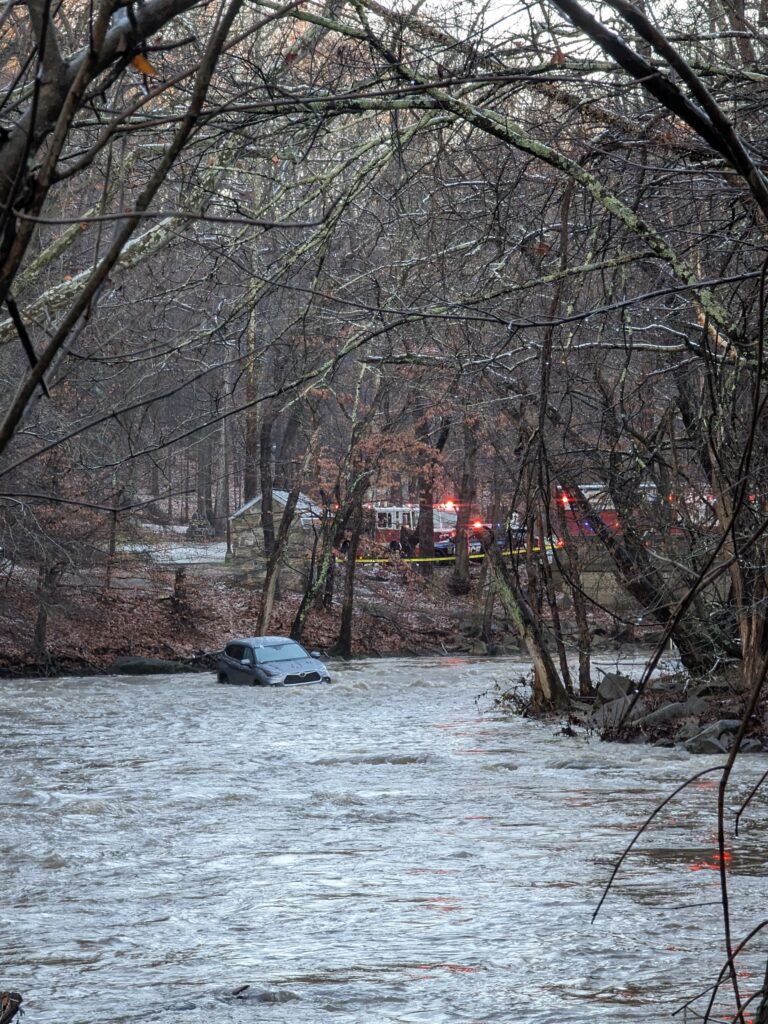
Thanks to Ken for sending: “This was seen near the Ranger Station in Rock Creek Park this morning”
J. also writes: “The USGS guys doing water sampling in Rock Creek” Read More
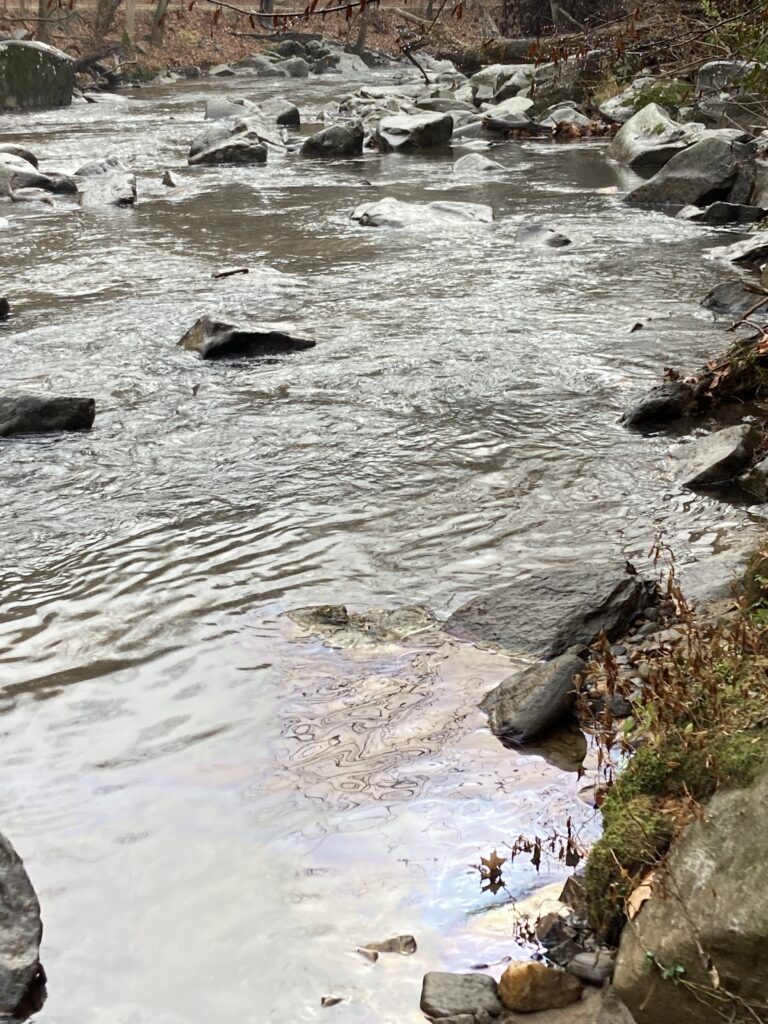
“Dear PoPville,
Something must have spilled in Rock Creek…took a lunchtime walk and saw this…NPS had been alerted and will investigate. Saw it across from the police station and it goes down quiet a ways…Sad…” Read More
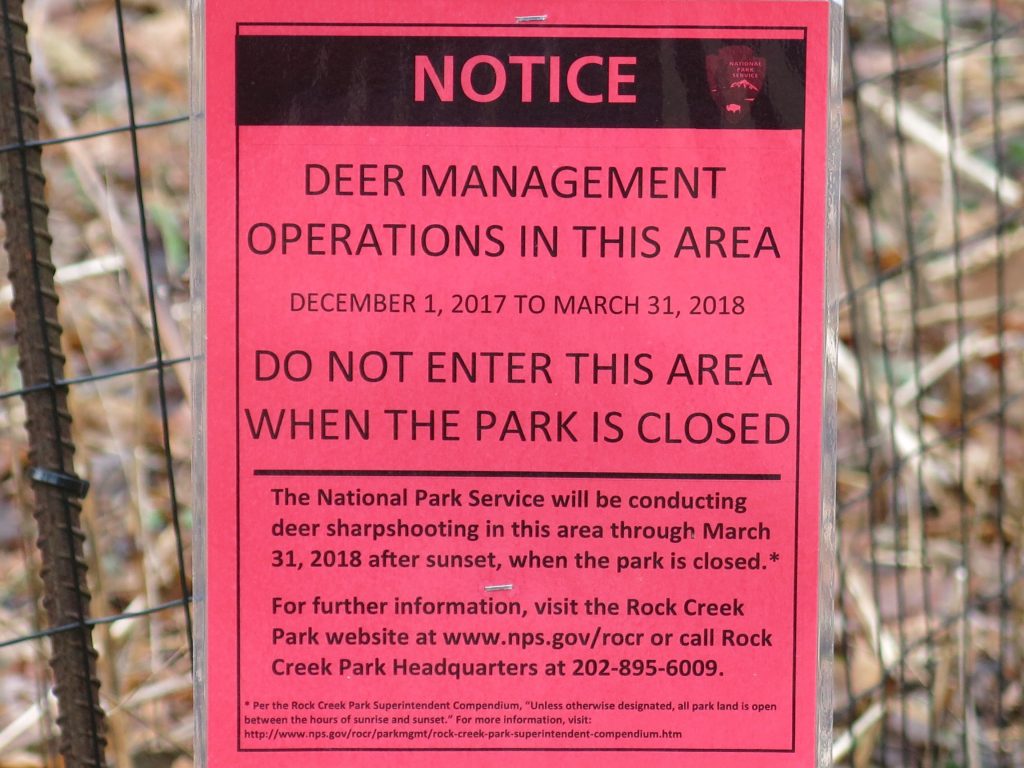
From the National Park Service:
“Since 2013, when the National Park Service (NPS) began reducing the deer population in Rock Creek Park, the park’s tree seedling density has almost tripled. To continue to protect and restore native plants and promote healthy and diverse forests, Rock Creek Park will conduct deer management operations between Nov. 22, 2021, and March 31, 2022.
During this period, the NPS plans to reduce deer populations in Rock Creek Park and other areas under Rock Creek Park’s management. These areas could include Melvin Hazen Park, Soapstone Valley Park, Pinehurst Parkway, Glover Archbold Park, Battery Kemble Park and Fort Totten Park, among others.
Extensive safety measures will be in place to protect park visitors and neighbors during operations. Read More
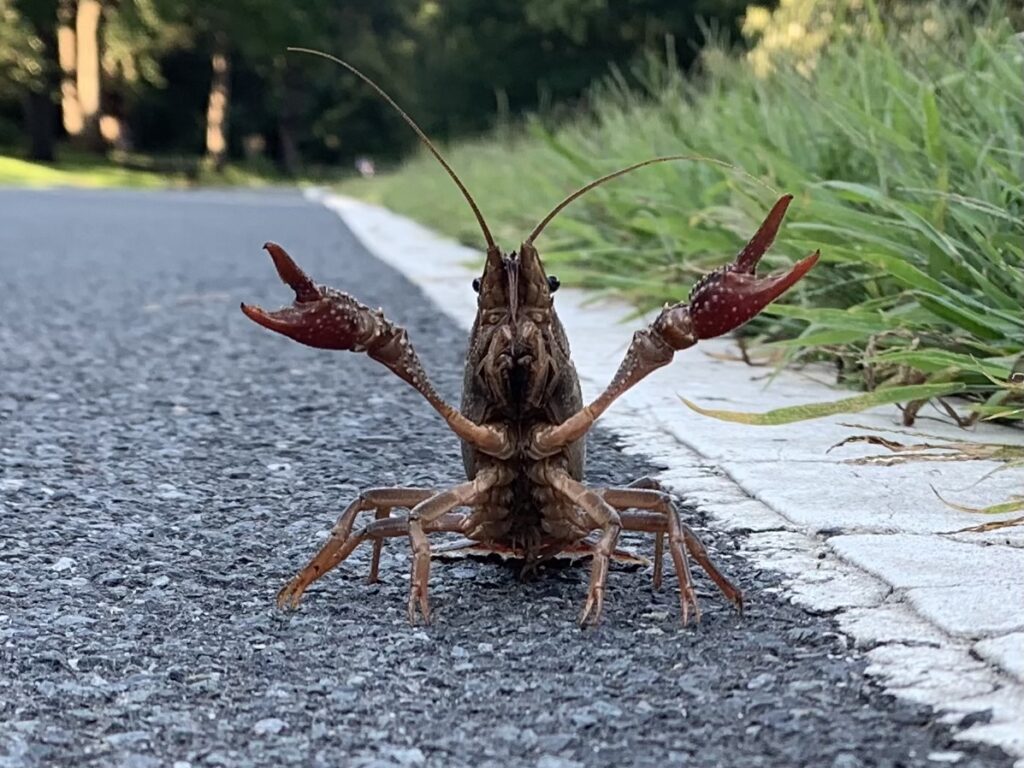
Thanks to Steve for sending:
“Came across this guy bravely directing bicycle traffic on Beach Dr. Returned him to the creek, I think he was happier there. Who knew there were crawdads in Rock Creek?”
Hmm, not our first Crayfish sighting but this one seems a bit more natural. Anyone know/can confirm crayfish are native to Rock Creek?
If you spot a hawk or any interesting wildlife and get a good photo please send in an email where you spotted it to [email protected]. Thanks! Hawks around Town is made possible by a generous grant from the Ben and Sylvia Gardner foundation.
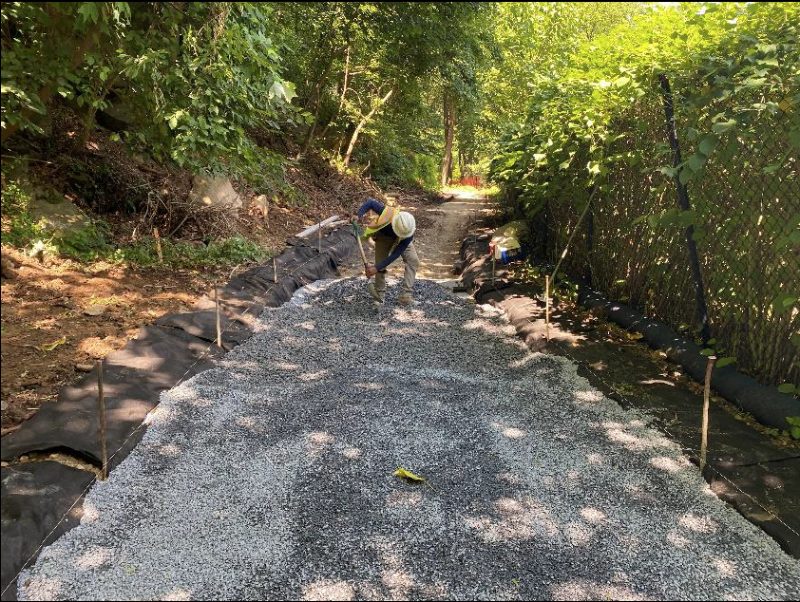
via DDOT
From DDOT:
“The District Department of Transportation (DDOT) will temporarily close Rock Creek Park Trail between the P Street NW Ramp from Rock Creek and Potomac Parkway and Shoreham Drive NW on or about Monday, September 13, 2021, weather permitting. This closure will be in place for approximately seven months.
This temporary closure is necessary to reconstruct the existing Rock Creek Park Trail as part of the part of the Rock Creek Park Multi-Use Trail and Pedestrian Bridge project. Read More
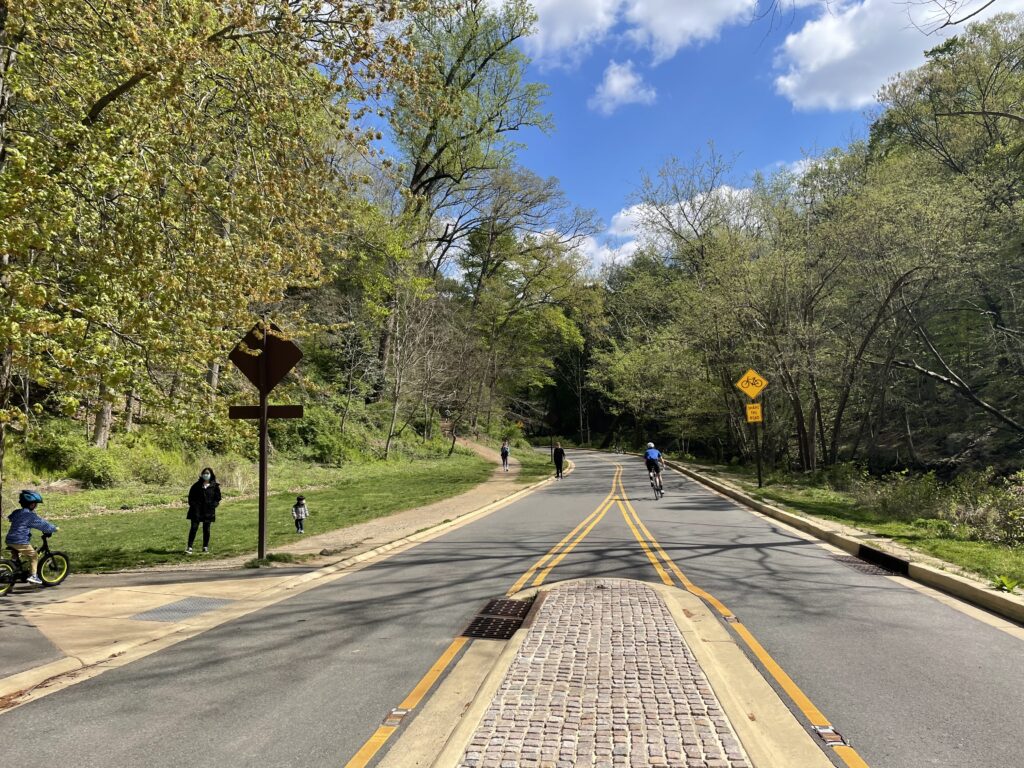
From the National Park Service:
“The National Park Service (NPS) wants to hear how you would like to see the northern part of Beach Drive NW in Rock Creek Park managed in the future. On July 8, the NPS will host a virtual public meeting and begin a public engagement process to inform the future management of the section of Beach Drive that runs from Broad Branch Road NW to the Maryland border and adjoining roads.
Beginning in late April 2020, the NPS temporarily increased socially-distanced recreational opportunities for pedestrians and bicyclists on the northern section of Beach Drive and adjoining park roads by limiting drivers’ access during weekdays. Ross Drive NW and Sherrill Drive NW were also temporarily closed. Bingham Drive NW has been closed for construction. Read More
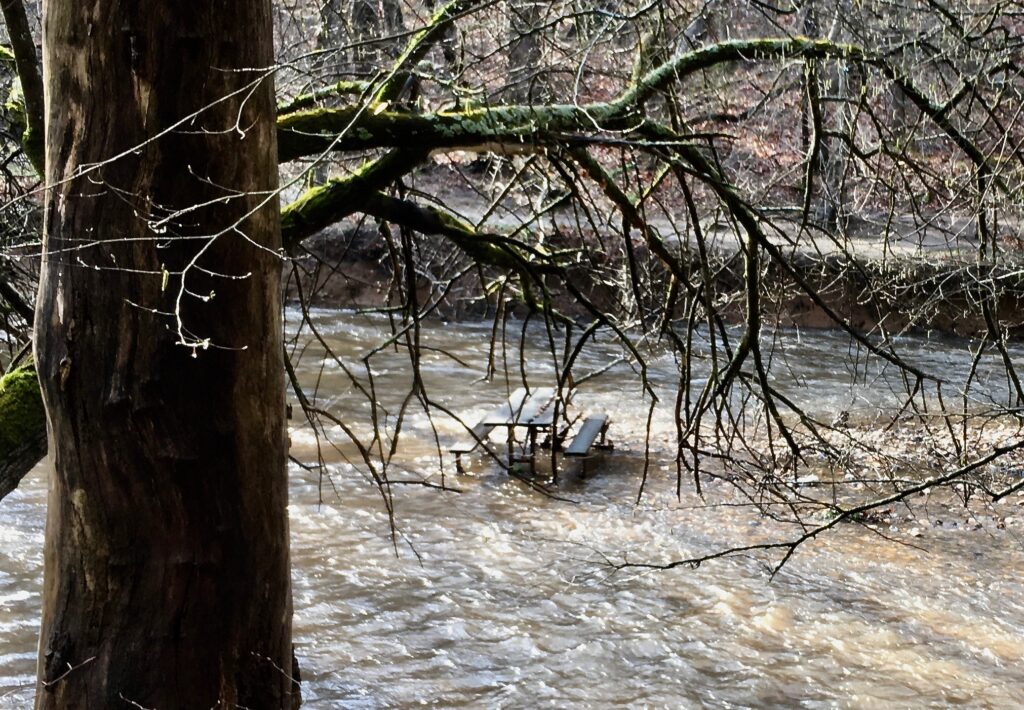
Thanks to Bern for sending: “As spring advances, we encourage you to try the RCPC 2021 – this year’s Rock Creek Picnic Challenge! Have a successful picnic at each of the 3 tables placed artfully “along” the creek courtesy of the winter storms. Read More
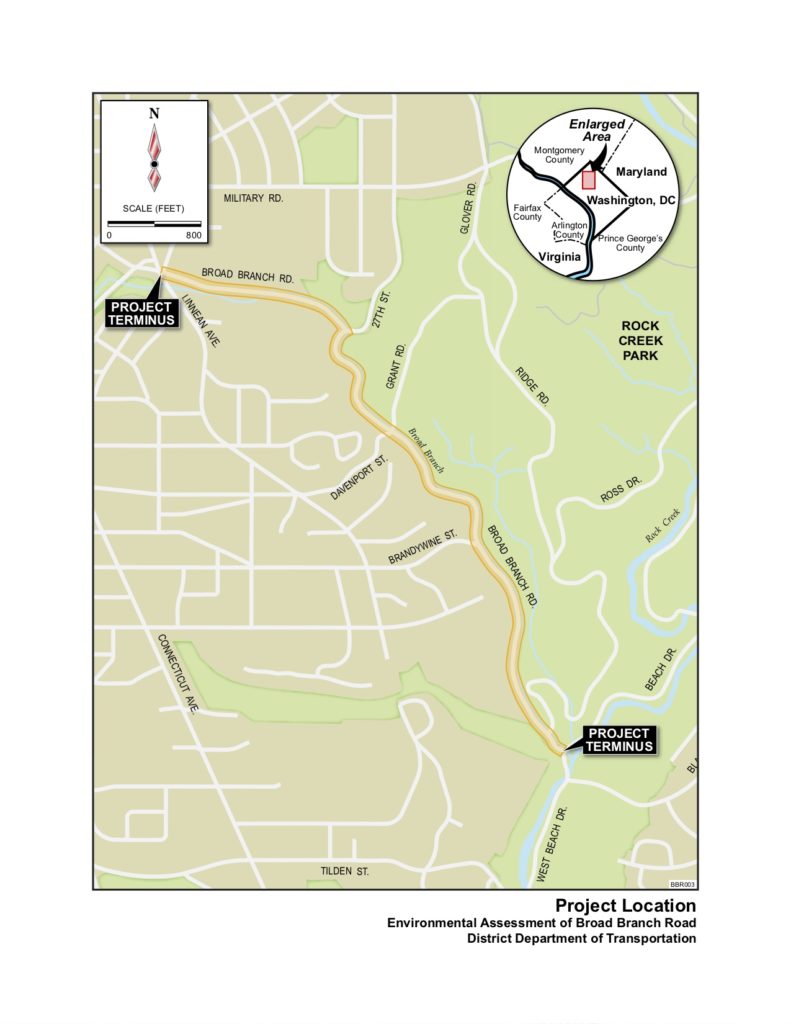
From DDOT:
“The District Department of Transportation (DDOT), in conjunction with the Federal Highway Administration (FHWA), and in cooperation with the National Park Service (NPS), has released the Final Environmental Assessment (EA) and the Finding of No Significant Impact (FONSI) for the Rehabilitation of Broad Branch Road, NW (proposed action). The proposed action involves the rehabilitation of 1.5 miles of Broad Branch Road, NW between Linnean Avenue, NW and Beach Drive, NW. The proposed action will improve roadway and drainage infrastructure conditions, enhance safety operations for vehicles, bicyclists and pedestrians, improve intersections and provide ADA-compliant sidewalks for the entire length of the corridor. Read More
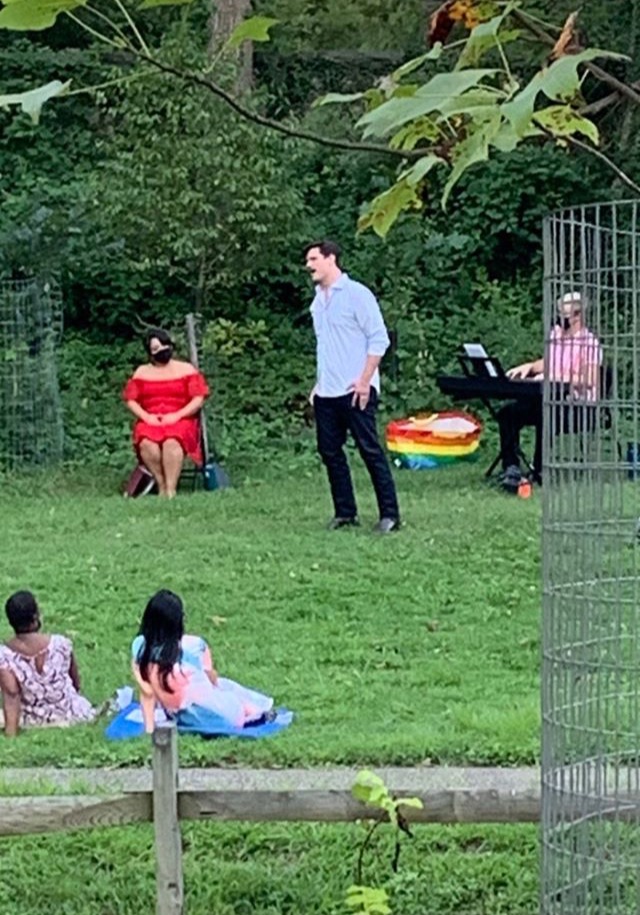
“Dear PoPville,
Do you know anything about the live opera performance that took place next to the Pierce house in Rock Creek Park Sunday (Aug 30) afternoon? Like who the performers were? They were each spectacular. I randomly stumbled into it on a bike ride. Thank you!”

“Seeds drifting through space for years took root in a farmer’s field. From the seeds came pods which had the power to reproduce themselves…” – Dr. Miles J. Bennell | Invasion of the Body Snatchers, 1956
They’re already here! They’re growing silently in your favorite parks. They’re climbing over trees, covering the forest floor, and slowly taking over the ecosystem–vine by vine, sprout by sprout! They’re leafy invaders from outer space and they’re hiding in plain sight!
Well, technically, they aren’t from outer space and they certainly aren’t going to turn you into a pod person. The aliens we worry about at Rock Creek Conservancy come from all over planet Earth, and are a major problem for the forests of Rock Creek Park. Today, we’re talking about invasive plants.
The extraterrestrials from the 1955 sci-fi novel The Body Snatchers planned to leave Earth depleted of all resources before moving on to the next planet. Similarly, the non-native invasive plants that take root in Rock Creek Park wreak havoc on entire ecosystems. They monopolize space, nutrients, and sunlight until the local flora and fauna can’t live here anymore. Read More
